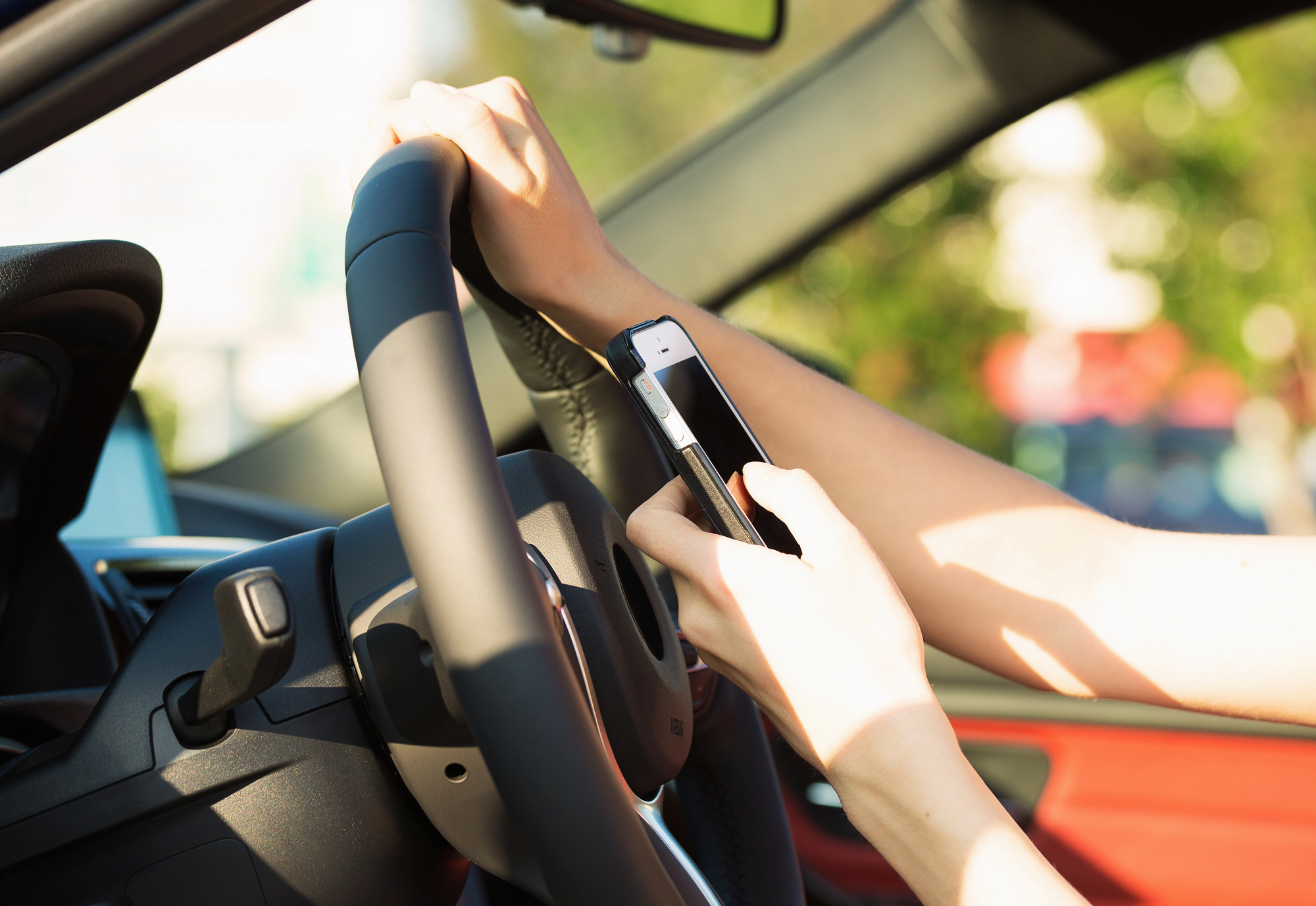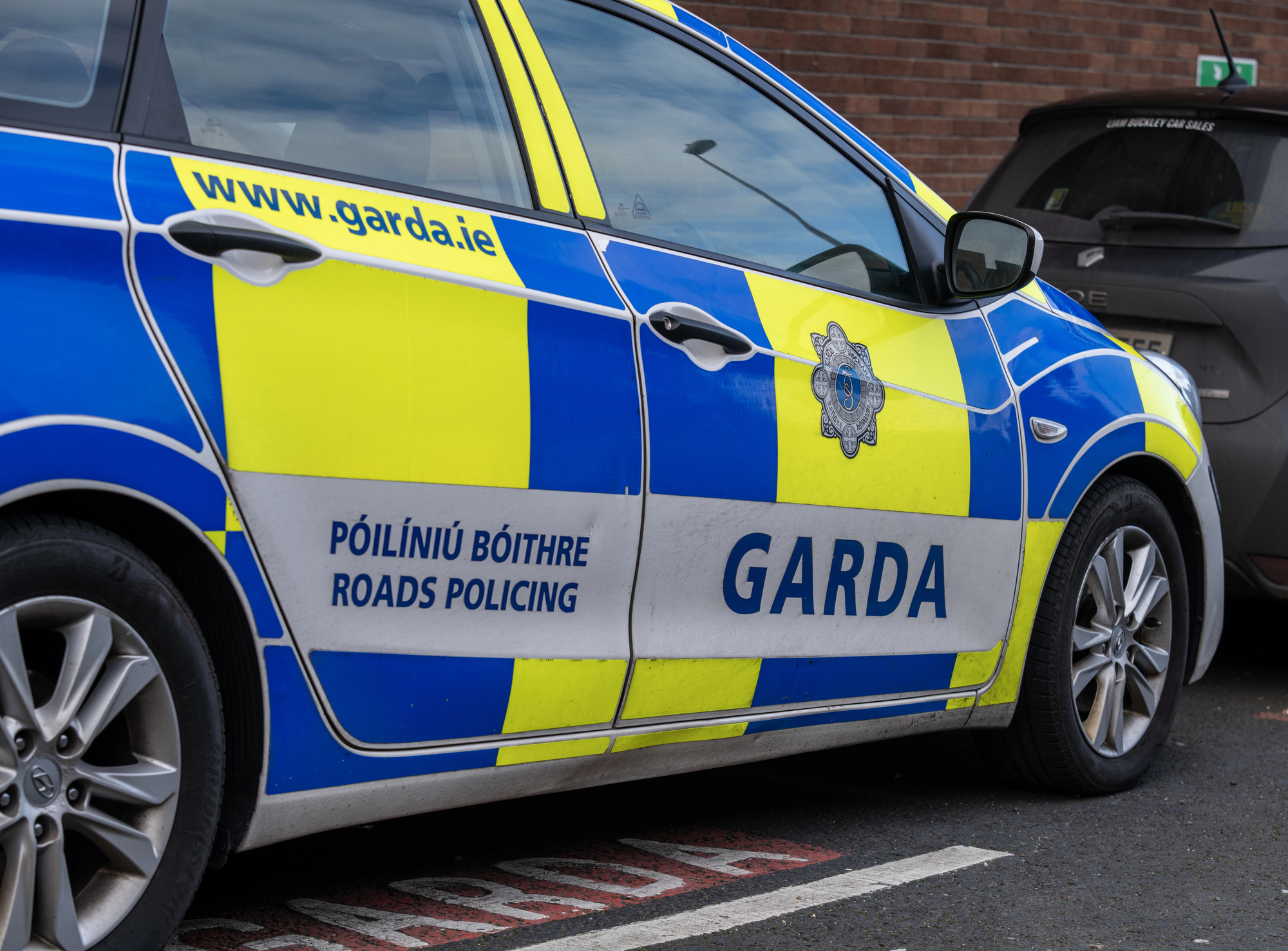Mobile Phone Use Behind the Wheel Drops Among Irish Drivers, But Self-Reporting Reveals Concerning Reality
Mobile phone use by drivers drops to 6%, but many still admit to dangerous habits when they think nobody's watching.

Irish drivers are using handheld mobile devices less frequently on the roads, with usage dropping from 9% to 6% in 2024, according to the Road Safety Authority's latest observational survey. However, self-reported behaviour suggests the problem remains far more widespread than roadside observations indicate.
The RSA's Mobile Device Usage Survey 2024, based on nearly 26,000 roadside observations nationwide, shows encouraging improvements across all road types. Motorways saw the most dramatic reduction, with usage falling from 9% to just 2%.
Car drivers were most likely to be observed using devices at 6%, whilst light goods vehicle drivers showed significant improvement, dropping from 13% in 2023 to just 2%. Of those caught using devices, 67% were actively engaging with their phones through typing or scrolling, whilst 33% held devices to their ear.
The survey found equal usage rates between male and female drivers at 6% each. Morning commuters between 7:30 and 9:15am, along with lunchtime drivers, showed higher usage levels compared to evening traffic.
For Cork drivers navigating busy routes like the N40 and M8, these statistics represent both progress and ongoing concern. The World Health Organisation warns that drivers using mobile phones are four times more likely to be involved in a crash.
However, the gap between observed and self-reported behaviour tells a troubling story. The RSA's 2024 Driver Attitudes and Behaviour study revealed that 23% of respondents admitted to checking apps, notifications, or social media whilst driving. Additionally, 12% confessed to writing or responding to texts or social media posts, whilst 13% reported talking on handheld devices.
Michael Rowland, RSA Director of Research, Standards and Assurance:
"While the roadside survey shows progress, the Driver Attitudes and Behaviour study tells us a different story. Far too many drivers admit to checking apps, sending messages or talking on their phone while driving. These habits are not only dangerous: they normalise distracted driving. Even when a car is stationary in traffic, reaching for your phone distracts you from potential hazards and sends the wrong signal to passengers, including children. Every time you drive, you set an example: the safest choice is to keep the phone out of reach."
The contrast between observational data and self-reporting suggests many drivers engage in mobile device use when they believe they're unobserved. This hidden behaviour poses significant risks on Irish roads, where split-second decisions can prevent serious collisions.
The RSA has monitored driver mobile phone usage since 2009, expanding the study in 2022 to include broader mobile device usage patterns. The organisation continues to emphasise that any mobile device use whilst driving significantly increases crash risk.
Despite the positive trends in roadside observations, the persistence of self-reported mobile device use indicates that changing driver behaviour requires continued education and enforcement efforts across Ireland's road network.



